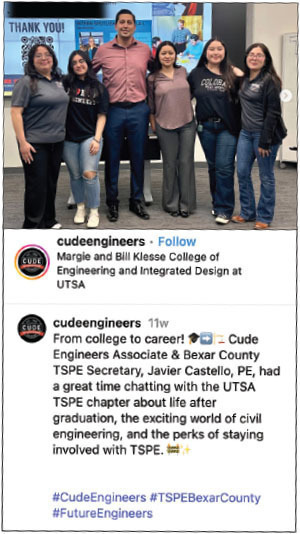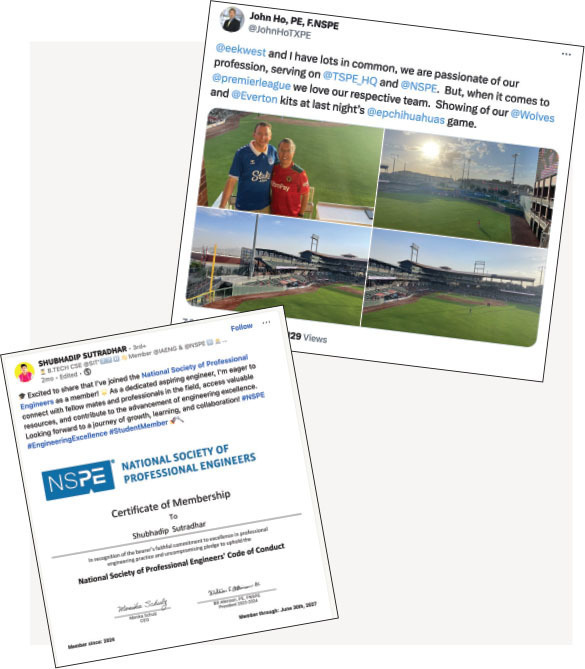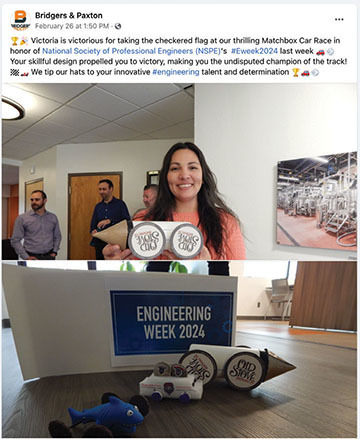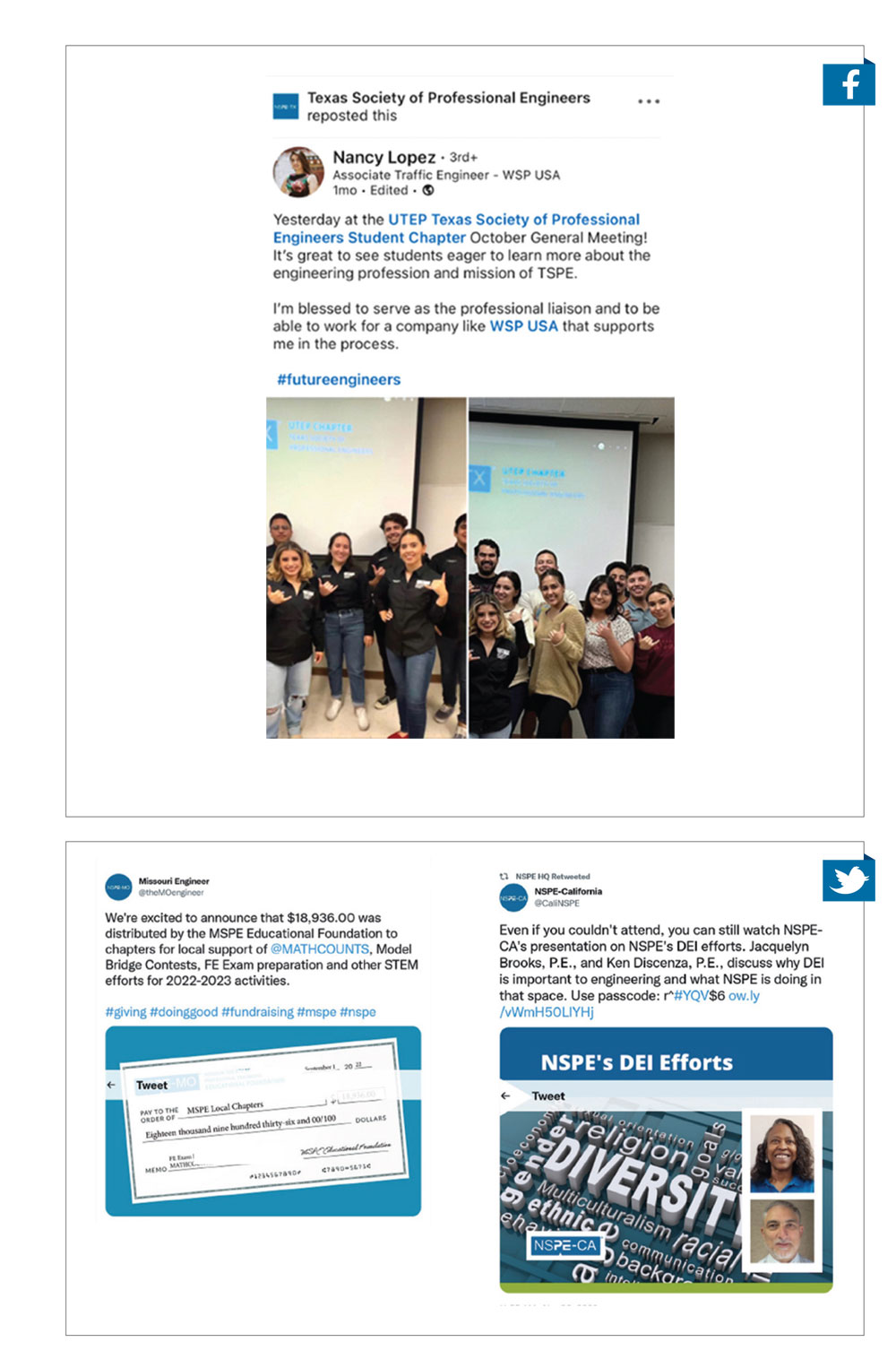April 2014
Letters
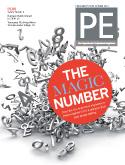 Not a Simple Matter
Not a Simple Matter
How many engineers do we need? (See “The Magic Number,” October PE.) Apparently most people, including most engineers, think our supply of engineers needs to be high enough to keep the pay low. The reality is that engineering is considered a commodity skill, much like an electrician or a plumber. Take my case: In 1975, my starting salary was $14,000 ($60,000 in today’s dollars). That was a great salary, but how is technical experience rewarded? Now, even with a master’s degree, I make $85,000, which is equivalent to a 1% growth rate!
The engineers who make decent money are those in management positions. I know because I was one of them until the recession hit. I was a partner in a company and made $120,000 plus a $30,000 bonus. In past recessions, I experienced salary drops but I was always able to rebuild; not this time.
The medical and legal professions understand something the engineering profession doesn’t: the law of supply and demand.
Jack Smith, P.E.
Orlando
We have more engineers than we need. Until engineering’s salaries equal medicine’s, we are oversupplied with engineers. We need to observe the medical profession’s efforts to limit the number of doctors by limiting medical school enrollments. Also, doctors cannot practice without a license. There are a lot of engineers working without licenses.
The idea that we need more engineers is promoted by engineering universities and educators. After all, that is the way they make their living. Also, consulting companies need new engineers they can use as cheap labor.
R. Dale MacCallum, P.E.
Tulsa, OK
Of course we need more engineers. We always need more engineers. There can never be enough. We should even import as many engineers from other countries as we can so that we have more engineers available in the US. Just ask any employer of engineers, including and especially other engineers, who have a strong vested interest in keeping their cost of labor in check by fostering competition within their labor pool.
Irving Schlinger, P.E.
Chester, NY
Burning Questions
I know that Nebraska is not unique in our Engineers and Architects Regulation Act Handbook. This governs the practice of every PE and states a PE needs to “safeguard life, health, and property and to promote the public welfare.” It is very clear to me that if we continue to burn fossil fuels that we are endangering humans, and therefore not promoting public welfare.
I would hope that very soon, all PEs will stop designing items involving fossil fuels. Following the PE rules, I could not affix my PE stamp on any design that will harm the public. Period. There is no ambiguity in these rules. If there are no new innovative designs on getting or burning fossil fuels, fossil fuels will become less competitive. NSPE and all professional engineers have to wake up to the fact that we need to go toward renewable energy very fast. I hope that every PE who stamps designs involved in fossil fuels has a conscience directing them to say “No!” to those projects, even if it means losing their jobs.
Everyone needs to make an effort to save our planet, even painful sacrifices. NSPE needs to become a leader urging innovation from its members to design solar, wind, biomass, and other renewables that will work with the planet, not against it.
Anne DeVries, P.E.
Cortland, NE
Fundamental Reading
In the “Reading is Fundamental” article (November PE), NSPE President Robert Green, P.E., F.NSPE, asked readers for books that had been important in their professional development. Here are a couple responses that were sent in.
Stu Walesh, P.E., F.NSPE, of Englewood, FL, suggested:
- Engineers and Ivory Towers, by Hardy Cross
- A Road to Creativity: Arthur Morgan—Engineer, Educator, Administrator, by C. J. Leuba
Bruce Vaughen, P.E., of Chicago offered:
- The Unwritten Laws of Business, by W. J. King
- Lyle’s Laws: Reflections on Ethics, Engineering, and Everything Else, by Lyle D. Feisel
- The Science of Success, by Charles G. Koch
Correction: In the March 2014 article “The Epic Survey of Mason and Dixon,” the image of the Mason Dixon survey map (p. 27) should have been credited to the Maryland Historical Society.


 Volunteering at NSPE is a great opportunity to grow your professional network and connect with other leaders in the field.
Volunteering at NSPE is a great opportunity to grow your professional network and connect with other leaders in the field. The National Society of Professional Engineers (NSPE) encourages you to explore the resources to cast your vote on election day:
The National Society of Professional Engineers (NSPE) encourages you to explore the resources to cast your vote on election day: